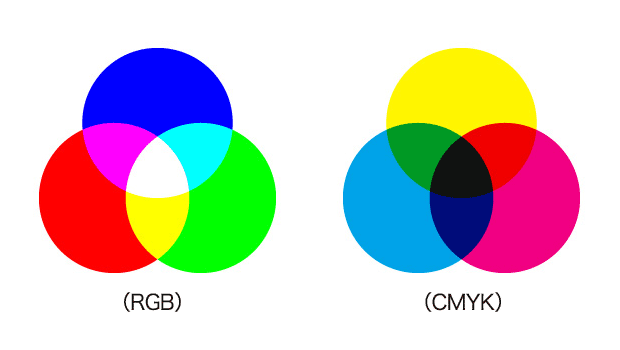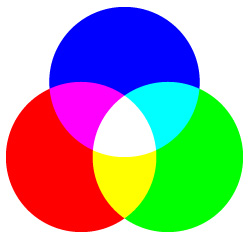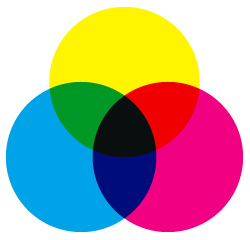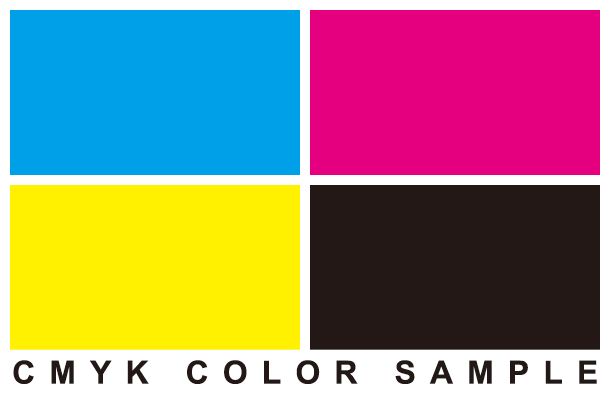Two three primary colors

The three primary colors of color are "three primary colors of light" and "three primary colors of material". There are three basic colors in each color area.
Three primary colors of light
The three primary colors of light are colors that can be seen by light emission.

The three primary colors of light are colors created by RGB (Red Red, Green, Blue), and when mixed, they are a method of color mixing that makes it brighter and approaches white. It is called additive color mixing. Things such as TV screens, personal computer monitors, lighted billboards and lights themselves that emit light are colored in the three primary colors of light.
Three primary colors of material
The three primary colors of the colorant are the colors that light strikes and reflects.

The three primary colors are colors made with CMYK (cyan, magenta, and yellow), and when mixed, they are darker and approach black. It is called subtractive color mixing. In theory, mixing these three colors in the same proportion will turn black, but in actuality dark brown is the best. It is a color that lights and looks reflected. What comes out of printing, such as books and flyers, is made of the three primary colors. When printing, black is added as a key plate to improve color stability.
Number of each color
The colors that can be expressed numerically are about 100 million colors for the three primary colors and about 16 million for the light three primary colors, but the expression area is wider for the light primary colors.
